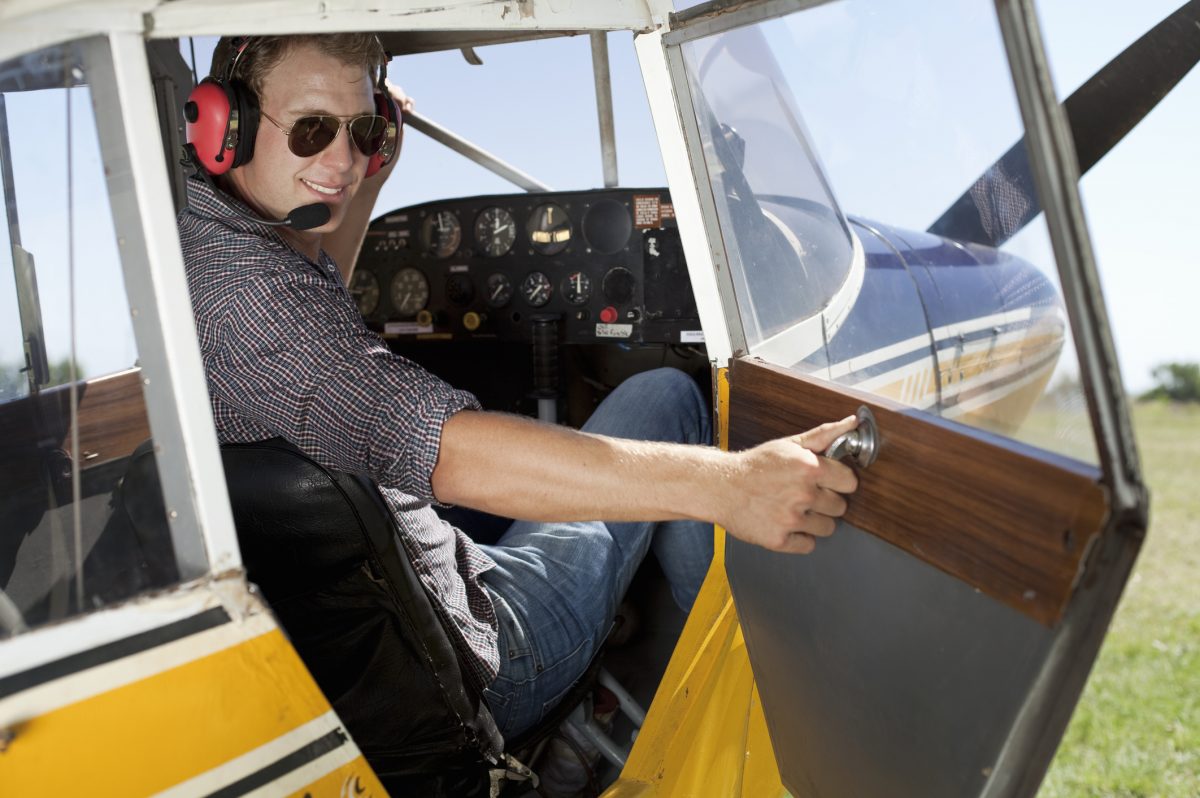
Every pilot knows that a thorough preflight is an important part of flying. But all too often, pilots become complacent in their preflight routines, skipping steps and going through the motions instead of giving their aircraft the attention it deserves. At best, missing a preflight item can lead to an embarrassing blunder, but at worst, a preflight oversight can spell disaster. Here are a few preflight items that are often overlooked:
Fuel quantity
Always know what’s in your fuel tanks. While many fixed base operators have personnel who can fuel your tanks before flight, it’s best to be present when your aircraft is fueled to ensure you’re receiving the proper fuel grade and quantity. During your preflight check, drain a sample of fuel from each tank, noting the color and smell to check for water or other contaminants. When planning your flight, don’t forget to compare fuel prices along your route with those at your intended destination. Fuel prices can vary dramatically within a small radius, so you might be surprised to see how much you can save by doing a little research upfront.
Propeller
Another commonly missed preflight item is the inspection of your aircraft propeller. First, run your hand over the leading and trailing edges of the prop to feel for any nicks, cracks, or gouges. On composite props, you can perform an audible test to check for delaminations or debonds using a metal coin. Gently tap the surface of the propeller from the hub to the tip. You will hear an audible change–a dull, hollow sound–when you encounter a dead area in the bonding. Check out our tutorial video for more information on using this test to check for damage in composite props. As always, if you see or hear anything abnormal when inspecting your propeller, get it addressed by a maintenance professional before flying.
Landing gear
It’s not enough to do a brief visual inspection of your landing gear and call it a day. Take the time to check that each tire is properly inflated and free from cracking or excessive wear and tear. Roll the aircraft forward or backward to check each side of the tires. Then, ensure that all the brake pads are intact and look for signs of brake fluid leaks.
Tie-down kit
Planning on flying to an unfamiliar airport? It’s better to bring your own tie-down ropes/straps and chocks rather than assuming that the airport will have some available for you. Always securely tie down your airplane–leaving it untied and unattended could lead to extensive damage to your airplane or any airplanes parked near it. Another potentially embarrassing preflight error is failing to disconnect tie-downs or wheel chocks before starting the engine. Follow your checklists and give your aircraft one last “once over” before getting in the cockpit to prevent this mistake.
Yourself
Don’t forget to preflight yourself, too. Follow the “I’M SAFE” checklist to ensure you’re mentally, physically, and emotionally prepared for the flight ahead of you. During preflight, focus on the task at hand and avoid potential distractions such as chatting with passengers or checking your cell phone. Use the preflight time as an opportunity to get in the right mindset for a safe flight.
Have you ever made an embarrassing (or potentially hazardous) preflight mistake? What are your best preflight tips? Let us know on Facebook or Twitter.